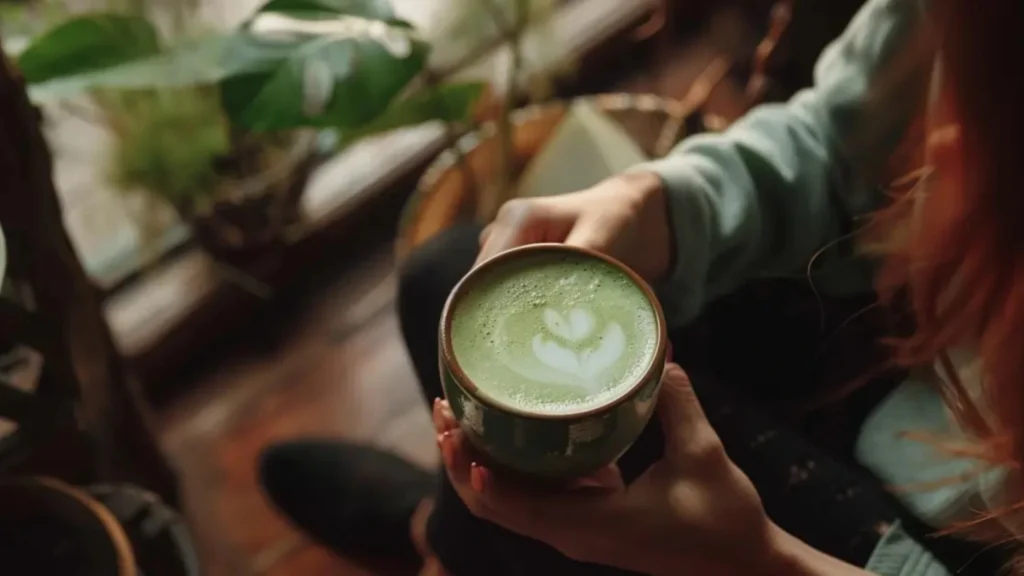Source: BBC News | Who Drank All the Matcha
In Uji, Japan is the birthplace of ceremonial matcha – green gold is running low.
A half-hour from Kyoto, Uji has long been revered for its centuries-old tea-making traditions. But in 2024, as Japan hit a record 37 million tourists, the town has become a victim of its own allure. Tourists aren’t just sipping matcha (Drank All the Matcha) – they’re clearing shelves, overwhelming supply chains, and leaving locals and cultural purists worried: Is the soul of Uji’s tea culture being diluted?
10:00 AM in Uji: Let the Frenzy Begin
Doors open at Nakamura Tokichi Honten, a historic tea shop once patronized by emperors. Before the hour strikes, the crowd is already thick. Queue tickets are gone. Tins are flying off shelves. A store clerk attempts to restock but is immediately mobbed. Within minutes, a customer exclaims, “It’s gone. All the matcha’s gone.”
This isn’t just retail chaos – it’s ritual turned into race.
Matcha Mania: Demand Outpaces Supply
Matcha isn’t just trendy—it’s global currency. With its antioxidant-rich profile, “clean caffeine” boost, and Instagram-friendly hue, matcha is now a staple in lattes, desserts, and even skincare. Japan produced 4,176 tons of matcha in 2023, more than triple the amount from 2010.
But that still isn’t enough.
- Stone mills, used for premium ceremonial matcha, yield only 400g every 8 hours.
- Shaded cultivation, key to its umami-rich flavor, limits leaf growth.
- High-grade matcha takes years to grow and minutes to sell out.
“Foreign tourists buy ceremonial matcha in bulk,” says Tomomi Hisaki of Tsujirihei Honten, a 164-year-old tea house. “But we can’t mass-produce this kind of quality.”
Hoarding and Hashtags
At one shop, a tourist boasts about spending €250 on matcha. He leaves with 30 tins. At another, tourists grab directly from a staff member’s basket.
There’s no limit at Nakamura Tokichi. Elsewhere, limits are enforced, but stock still vanishes by midday.
Many customers are unlikely to prepare their matcha the traditional way. Instead, ceremonial-grade tea gets diluted with milk, sugar, or baked into cookies. “We’ve heard of people using ceremonial matcha for smoothies,” says Simona Suzuki, president of the Global Japanese Tea Association.
Cultural frustration is brewing.
The Price of Popularity
Hisaki warns: “If the frenzy continues, temples, shrines, and tea masters might struggle to secure ceremonial matcha for actual tea ceremonies.”
This isn’t just about a shortage—it’s about a shift. From heritage to hype, from mindful rituals to viral moments.
The irony? Much of this matcha won’t even stay fresh. The powder loses flavor quickly, especially when stashed for months in a kitchen pantry.
Beyond Matcha: What Uji Still Offers
Despite the scramble, Uji remains a tea lover’s paradise. There’s:
- Senchas: vibrant, grassy green teas.
- Gyokuro: shade-grown and umami-rich.
- Hojicha: roasted and nutty—arguably tastier than matcha.
And there’s food—matcha soba, parfaits, gyozas, ramen, and curry. Even if you miss out on ceremonial powder, you won’t leave hungry (or uncaffeinated).
A Final Sip
In Uji, tradition and tourism are colliding in real time. The town’s challenge isn’t just producing more tea—it’s finding a way to preserve its soul while the world clamors for a taste.So, who drank all the matcha?
We all did—just maybe not the way we were supposed to.
Read More : Trump–Musk Feud Explodes: From Bromance to Political Battlefield
